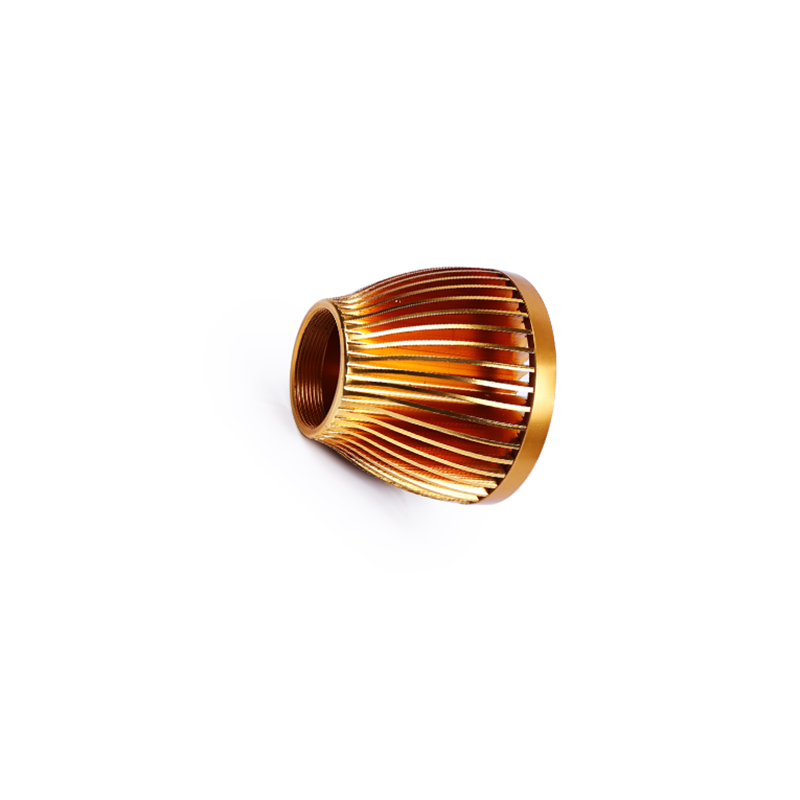
Types of Welding
Welding is a versatile fabrication process used to join materials, typically metals or thermoplastics, by causing coalescence. There are several types of welding, each with its unique techniques and applications. The main types of welding include:
1. Arc Welding: This process uses an electric arc to create heat to melt and join metals. Arc welding can be further divided into:
. Shielded Metal Arc Welding (SMAW): Also known as stick welding, it uses a consumable electrode coated in flux to lay the weld. The flux coating disintegrates during welding, releasing gases that shield the weld from contaminants.
. Gas Metal Arc Welding (GMAW/MIG): Uses a continuously fed wire electrode and a shielding gas to protect the weld from contamination. It is known for its speed and ease of use.
. Gas Tungsten Arc Welding (GTAW/TIG): Uses a non-consumable tungsten electrode to produce the weld. A separate filler material is often used, and the weld area is protected by an inert gas such as argon or helium.
. Flux-Cored Arc Welding (FCAW): Similar to MIG welding but uses a special tubular wire filled with flux. It can be used with or without shielding gas.
2. Resistance Welding: This method generates heat by passing a current through the resistance caused by the contact between two or more metal surfaces. Types include:
. Spot Welding: Commonly used in the automotive industry, spot welding joins two or more metal sheets by applying pressure and heat to a small area.
. Seam Welding: Similar to spot welding but uses rotating wheels to produce a continuous weld, ideal for welding seams in pipes and tubes.
3. Oxy-Fuel Welding (OFW): Also known as gas welding, it uses a flame produced by the combustion of oxygen and a fuel gas (such as acetylene) to melt the workpiece edges and join them. It is commonly used for welding pipes and tubes and for repair work.
4. Oxy-Fuel Welding (OFW): Also known as gas welding, it uses a flame produced by the combustion of oxygen and a fuel gas (such as acetylene) to melt the workpiece edges and join them. Laser Beam Welding (LBW): Uses a high-intensity laser beam to melt and join materials. It is known for its precision and is commonly used in the aerospace, automotive, and electronics industries.Laser Beam Welding (LBW): Uses a high-intensity laser beam to melt and join materials. It is known for its precision and is commonly used in the aerospace, automotive, and electronics industries.It is commonly used for welding pipes and tubes and for repair work.
5. Electron Beam Welding (EBW): Uses a high-velocity electron beam to join materials. The process takes place in a vacuum to prevent the electron beam from scattering. It provides deep penetration and minimal distortion, ideal for high-precision applications.
6. Ultrasonic Welding: Uses high-frequency ultrasonic acoustic vibrations to create a solid-state weld. It is commonly used for plastics and thin metals, especially in the electronics and medical industries.
Differences in Welding Techniques
The primary differences in welding techniques lie in the heat source, the state of the material being welded, the welding environment, and the type of materials that can be welded. Here’s a comparison of some key aspects:
. Heat Source: Arc welding techniques use electric arcs, resistance welding uses electrical resistance, oxy-fuel welding uses a chemical flame, laser welding uses a laser beam, and electron beam welding uses electron beams.
. Materials: Most welding processes are designed for metals, but some, like ultrasonic welding, are well-suited for plastics. Specific techniques such as TIG welding are preferred for non-ferrous metals, while MIG welding is versatile for both ferrous and non-ferrous metals.
. Welding Environment: Some methods, like electron beam welding, require a vacuum environment, while others, like MIG welding, need shielding gases to protect the weld area.
. Precision and Speed: Laser and electron beam welding offer high precision and deep penetration but are generally more expensive and complex. MIG welding is fast and user-friendly, making it suitable for mass production.
Best Materials for Welding
The choice of welding material depends on the application and the specific welding process. Here are some common materials and their compatibility with different welding techniques:
1.Steel:
.Carbon Steel: Easily welded with most welding processes, including MIG, TIG, and stick welding.
.Stainless Steel: Commonly welded using TIG or MIG welding due to their ability to produce clean, strong welds.
2. Aluminum:
. Best welded with TIG or MIG welding. TIG welding is preferred for thin aluminum and high-quality welds, while MIG welding is suitable for thicker materials and higher production speeds.
3. Copper and Copper Alloys:
. Usually welded using TIG welding because it provides better control over heat input, which is crucial given copper’s high thermal conductivity.
4. Nickel Alloys:
. Often used in aerospace and chemical industries, these materials are typically welded using TIG or MIG welding due to the need for precise heat control and strong, corrosion-resistant welds.
5. Titanium:
. Best welded with TIG welding in a controlled atmosphere to prevent contamination and ensure strong, high-quality welds.
In summary, welding encompasses a wide range of techniques, each suitable for specific materials and applications. The choice of welding method depends on factors such as material type, desired strength and precision, and production speed. Understanding these differences is crucial for selecting the right welding process for a given task.

Copyright © 2025 Dongguan Yifeng Metal Co., Ltd. | All Rights Reserved